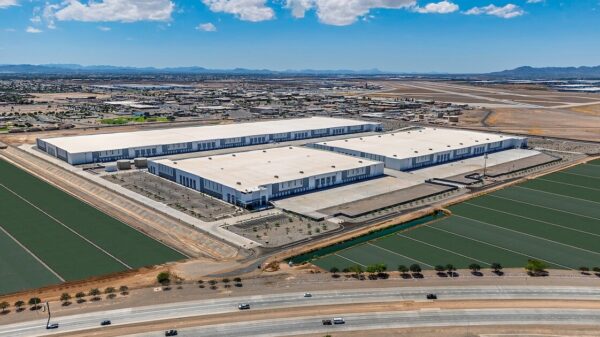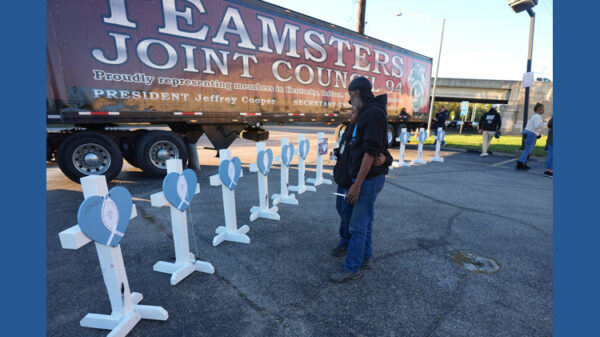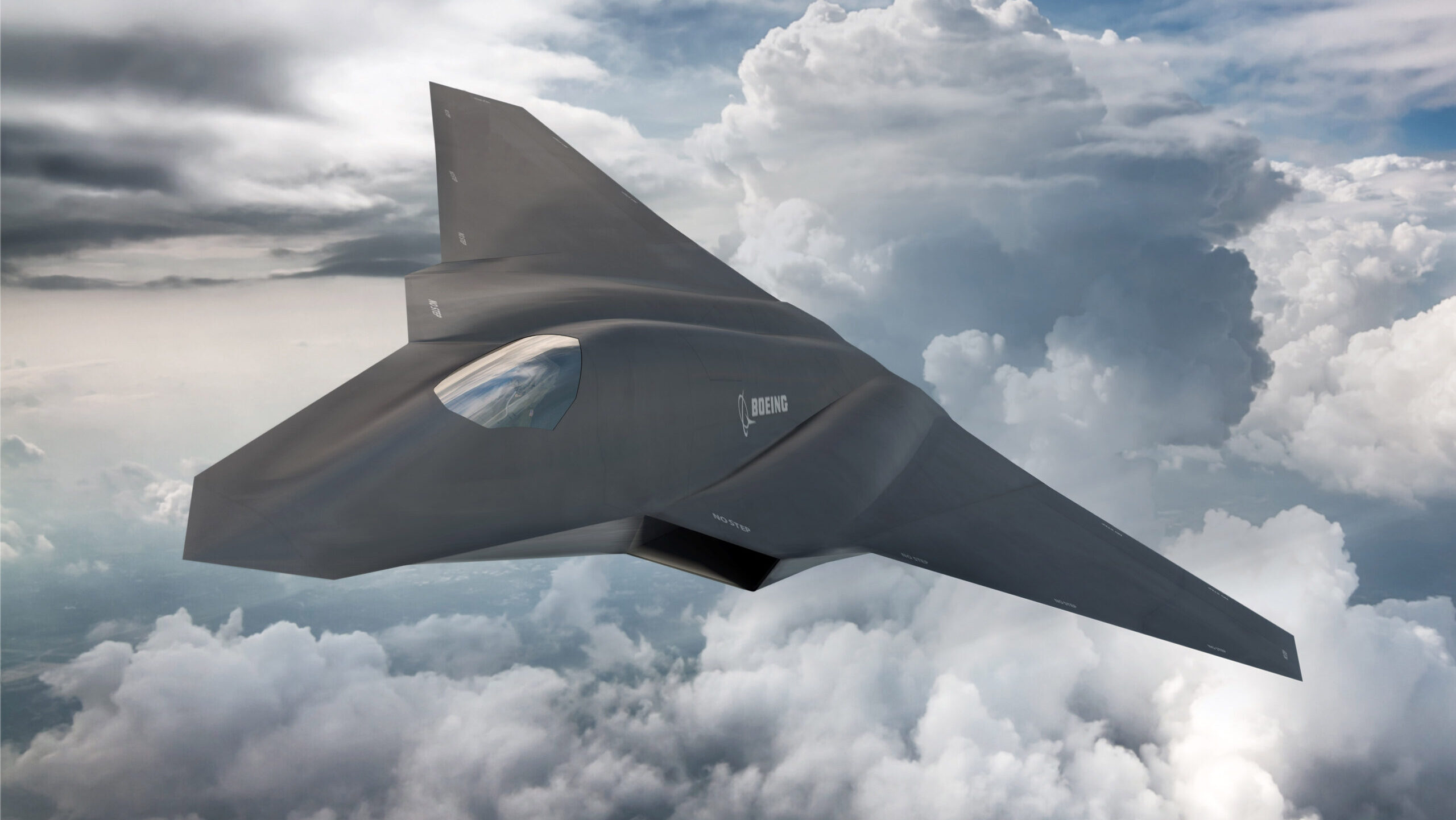The United States Air Force has confirmed a significant delay in the development of its next-generation engine prototype, now projected to extend beyond fiscal year 2030. This setback affects the Next Generation Adaptive Propulsion (NGAP) program, which involves competing designs from GE Aerospace and Pratt & Whitney, a subsidiary of RTX.
Under the original timeline, detailed in fiscal year 2025 (FY25) budget documents, the completion of engine designs was expected by the fourth quarter of fiscal year 2027 (FY27). However, recent fiscal year 2026 (FY26) documents released by the Trump administration indicate that the timeline has shifted by over two years, now aiming for completion in the second quarter of fiscal year 2030. An Air Force spokesperson noted that supply chain challenges contributed to this updated schedule.
Despite these delays, both GE Aerospace and Pratt & Whitney have expressed confidence in their ability to meet the program’s requirements. A GE spokesperson stated, “We are executing the NGAP contract schedule as proposed,” while a representative from Pratt & Whitney emphasized their successful alignment with the Air Force’s timeline and ongoing collaboration with their supply chain to improve delivery processes.
Funding Adjustments and Strategic Importance
The Air Force recently issued new contracts that increased the total award ceiling for each vendor to $3.5 billion. In February, both companies announced the completion of a detailed design review, paving the way for the fabrication of their engine prototypes. Ultimately, the Air Force is expected to select one contender to move forward in the program.
The NGAP program aims to introduce “adaptive” engine technologies capable of altering engine characteristics during flight. This innovation could enhance military operations by improving fuel efficiency and increasing thrust capabilities. The program builds on previous work from the Air Force’s Adaptive Engine Transition Program, which sought to develop a new engine for the F-35 but was ultimately shelved due to budgetary concerns.
The NGAP engines are intended to be versatile, suitable for a range of military applications. While the program is designed to support various platforms, it is specifically envisioned to power the Air Force’s Next Generation Air Dominance fighter, known as the F-47. The aggressive timeline set by the Pentagon to have the F-47 operational before the end of Donald Trump’s presidential term may render the next-gen engine unattainable in the near future.
Funding for the NGAP program has also experienced a reduction. The FY25 budget documents projected an investment of approximately $439.9 million in FY26, but the Trump administration’s budget request has lowered this figure to $330.3 million. Notably, the administration did not include the Future Years Defense Program, which typically projects five years of Department of Defense spending.
An Air Force spokesperson explained that the funding reductions reflect the program’s transition from detailed design to prototype fabrication and assembly activities. They emphasized that the adjustments are part of broader programmatic changes within the Research, Development, Test, and Evaluation (RDT&E) portfolio aimed at enhancing resource efficiency. The spokesperson confirmed that the requested funds would support both contractors through the Assembly Readiness Review, a critical milestone for assessing the readiness of contractors to proceed into the build and test phase of the program.
As the Air Force navigates these challenges, the future of the NGAP program remains pivotal for advancing military aviation technology and enhancing the capabilities of the U.S. Air Force.





































































